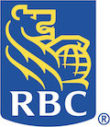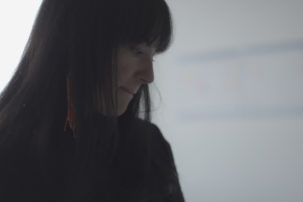At RBC, we are steadfast in our commitment to helping recognize and celebrate emerging Canadian talent. The RBC Emerging Artists Project works specifically to bridge the gap between emerging and established by strengthening artists’ access to professional networks, mentorship and training, and providing them with exposure to new and diverse audiences. We are thrilled to share our video series From Within, a reflection on artistic inspiration and practice, featuring five talented artists who create conceptually rigorous and visually stunning work. Each of these artists recognizes the power of art not only as a medium for self-expression, but also as a powerful tool for addressing complex social issues, encouraging open dialogue and inspiring new perspectives.
When Marigold Santos immigrated to Canada from the Philippines as a child, she brought with her deep memories that continue to inform her creative practice, defined by richly saturated illustrations layered with metaphor. Much of Santos’s recent work takes its starting point from the folktale of the manananggal, a vampiric creature who servers its own lower body at night, leaving its head and winged torso to fly in the moonlight and commit evil acts. Santos adopts this sinister expression of a fragmented identity and recontextualizes it in several of her works. In her painting shroud envisioning (ananas comosus in strata) (2020), a precariously woven body takes its material qualities from piña cloth, a Philippine fabric made from the thin inner fibres of pineapple leaves. Piña is translucent but strong, created through a laborious process of craftsmanship and connected to cultural myths surrounding the origin of the “many-eyed fruit,” which was introduced to the Philippines by the Spanish in the 16th century. With its identity obscured by a salakot (a traditional Philippine hat) embellished with pineapple motifs, Santos’s subject evades wholeness by seeming to continuously unravel and reform. Like Santos’s own interwoven cultural life, this depiction of ambiguous, unfixed identity is anything but weak; instead, it embodies the power of holding multiple identities at once through a process of adaptability and change.









